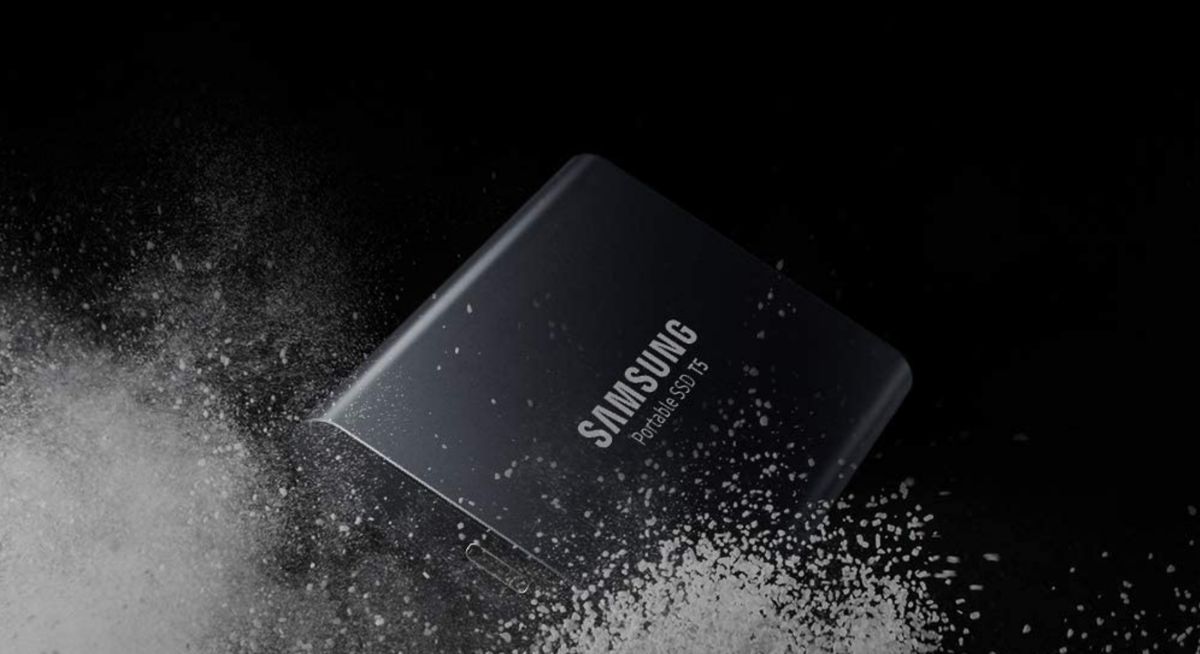Today, the average computer user has more data storage options than ever before. While past users were primarily restricted to floppy disks and hard drives, the rapid development of technology has led to a myriad of storage devices that are sure to meet your needs.
- Traditional hard disk drive (HDD): One of the earliest forms of data storage available, traditional HDDs are still used in desktop and laptop computers today. While current models are far superior to some of the earliest devices, the mechanics of HDDs are still, for the most part, the same.
- Solid-state drive (SSD): Meant to replace traditional HDDs, SSDs use flash-based memory to store data. Not only do they feature less moving parts than HDDs, which minimizes the chance of a mechanical failure, but they’re generally faster and more efficient than older, disk-based drives. There are some trade-offs, however, as SSDs tend to feature much less storage capacity than HDDs. Moreover, they can still be cost-prohibitive in certain scenarios.
- USB thumb drive: USB thumb drives are a popular choice for short-term data storage. For users who are frequently transferring files between different systems or devices, there are few better options. Not only are they inexpensive and highly portable, but they tend to perform quicker than traditional HDDs. The biggest drawback with USB thumb drives is their longevity – or lack thereof. As such, they’re not the best choice when it comes to long-term data storage or backup.
- Removable media: While earlier computers used floppy disks as the sole form of removable media, modern systems have several options. Rewritable compact discs (CDs), digital video discs (DVDs), and Blu-Ray discs are all great options when it comes to storing data – even if they’re not necessarily the best choice available on today’s market.
- Network-attached storage (NAS): Typically reserved for enterprise settings, NAS devices are making their way into more homes and small offices – and for good reason. With the ability to handle multiple hard drives in a single device, as well as the ability to share these files between any device or system that has network access, modern NAS devices are convenient, efficient, and affordable. Although they can provide a lot of storage space, NAS devices typically offer little in the way of built-in data protection.
- Redundant Array of Independent Disks (RAID): Users who want greater data protection tend to embrace RAID architecture. In this scenario, the system relies on a series of hard drives to maintain multiple copies of every file and folder in the system. If one drive happens to fail, or begins to suffer from RAID data corruption, the user can simply restore that data from their backup.
- Cloud: The newest and most innovative method of data storage, the cloud uses a remote server to store, share, and backup your data. While it’s seeing increased usage across nearly every industry, there are some drawbacks to consider; including your Internet bandwidth and data security. Once these needs are taken care of, however, the cloud is a highly accessible, convenient, and useful method for data storage in the 21st century.












Comments